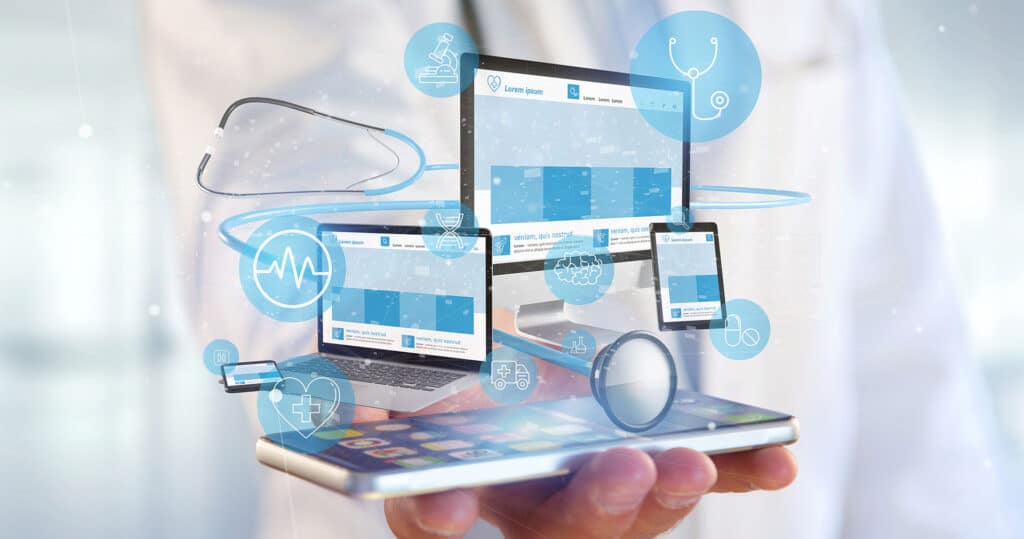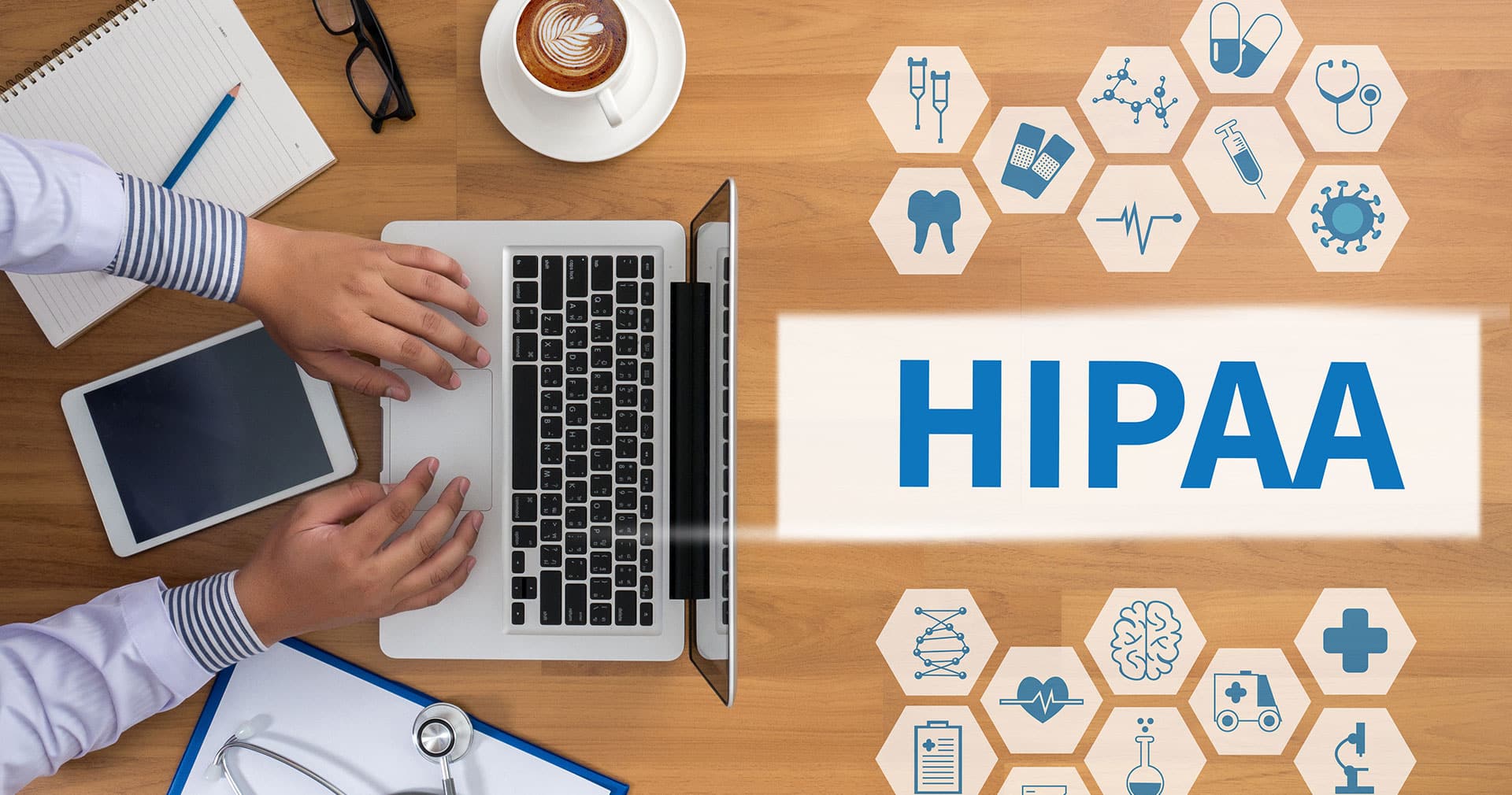Communication is the key to every healthy human relationship. It is especially crucial for healthcare practitioners.
One of the biggest drivers of success in a healthcare setting is effective communication. Patients feel seen and heard, care is more easily coordinated between providers, and the patient’s health ultimately is positively impacted.
Mastering clear communication in healthcare encourages a genuine exchange of information, which results in more positive outcomes.
In this article, we’ll explore why effective communication is so important and how your efforts inform your practice.
How can you improve communication not only between you and your patient but also with every member of your team? How can you improve the flow of information? What new tech tools and software are available?
We’ll give you the answers and provide tips on how to enhance your communication skills and methods.
The Role of Effective Communication in Healthcare
Effective communication is at the core of quality healthcare. It impacts everything from patient safety and treatment to achieving successful results.
Clear communication in healthcare encourages the free and accurate flow of information, thus improving patient safety and reducing medical errors. Patients become more engaged with their treatment.
Concise channels of communication translate to vital benefits for your patients.
Here’s how:
Improves Patient Safety
Medical errors are the third leading cause of death in the U.S. One of the major factors contributing to medical errors is negligent communication.
According to a recent study, the most common communication problems were delayed or missing data and providers dismissing patient concerns. Effective communication can prevent such mistakes.
Increases Patient Engagement
When patients feel heard and understood, they are more likely to participate in their own care. If you simplify the explanation of complex issues, you encourage questions and open communication.
Patients with a full understanding of their condition and treatment feel more confident in adhering to provider recommendations. They are less likely to avoid follow-ups and direct conversations with providers.
Creates Satisfied Patients
Effective communication is a two-way street. Your ability to listen to your patients and understand their perspectives is crucial. Acknowledging their anxieties and communicating with compassion builds trust and rapport.
Maintaining open channels of communication also contributes to healthy patient-provider relationships and increases their likelihood of following up and committing to preventative care.

The Importance of Communication Between Healthcare Professionals
While a strong relationship with your patient is vital, clear communication within your practice is just as important. From office administrators to specialists, each member of your team is a spoke on the wheel of optimal patient outcomes.
Internal Communication Within Your Practice
Delivering effective healthcare to your patients hinges on clear communication among all staff. Information should flow between administrative staff and providers unimpeded.
The front office relays patient information and appointment details to providers quickly, ensuring a smooth check-in and preventing avoidable delays. Clear communication between administrative staff keeps everyone updated on insurance, referrals, and billing.
Strong communication between doctors, nurses, and support staff ensures treatment plans are consistently followed, and updates on patient conditions are timely across departments.
Precise communication within your practice creates a unified approach to care. You are a solid team with one goal: to achieve optimal patient outcomes.
Communication With Outside Specialists
Communicating accurate patient history, test results, and treatment plans with specialists allows them to provide more informed consultations with your patients. With a complete picture of patient information and prior treatment, specialists can reduce duplicative questions and processes.
When you coordinate care with a medical specialist, you may also minimize conflicting recommendations. Collaborating to develop the most effective treatment plan gives your patients a successful outcome.
RELATED ARTICLE: HIPAA Compliant Texting: Ensuring Secure Communication in Healthcare
Different Forms of Communication in Healthcare
To arrive at a diagnosis and subsequent treatment, healthcare professionals can use various forms of communication to create a more thorough vision of a patient’s condition.
Here are a few methods to employ:
Verbal Communication
Active listening is a crucial part of verbal communication. Be attentive to your patients’ concerns by asking questions about symptoms. Address those concerns by clearly explaining diagnoses and giving concise instructions on medications or treatments.
Talking to your patients and giving them your full attention are major factors in bedside manner, and they pay high dividends in patient satisfaction and loyalty.
Written Communication
Written communications include medical charts and notes, discharge summaries, and prescriptions with clear medication instructions. Secure SMS messaging and patient portal updates can also fall under the umbrella of written communication in digital format. These documented records are integral to preserving and sharing accurate patient information.
Written communications between provider and patient can also help clarify a patient’s medical journey. Emails and text messages can be used for appointment reminders, prescription availability, or follow-up questions.
Visual Communication
Another way to share patient information is by using visuals such as X-rays and MRIs. Diagrams and charts that can be shared in a patient portal also make it easier to explain complex medical processes to your patients.
Pamphlets and handouts with informative illustrations can also provide clear instructions on medication use or post-surgical care.
Nonverbal Communication
In addition to practical skills, patients expect an added element of communication from healthcare professionals—meaningful connection. They want to feel like they’re more than just another time slot on your schedule.
According to Stanford Medicine, more than 52% of patients said they wanted their doctor to have at least one of the following qualities:
- Compassion
- Comfort
- Patience
- Personality
- Bedside manner
As a healthcare professional, it is important that you not only diagnose and treat disease and injury to a patient’s body but also communicate with the entire person.
As previously mentioned, active listening is a big part of bedside manner, but nonverbal cues are equally vital. Making eye contact, patiently allowing them to express their emotion surrounding their condition and treatment, and relaxed and professional body posturing can further your efforts to be a calming presence.

How to Improve Communication in Healthcare
Effective communication is the heart of quality healthcare. It empowers patients, strengthens provider relationships, and leads to better outcomes overall. Here are four strategies you can use right now to master and improve the way you communicate:
1. Speak the Patient’s Language.
Explain diagnoses and treatment plans in clear, simple language your patients can understand. Focus on using conversational tones and avoid technical terms. If you need to use medical terminology, explain it simply enough for the average person to grasp.
2. Be Present.
Give patients your full attention, both verbally and nonverbally. Make natural eye contact while they’re speaking, and avoid interrupting. Pay attention to nonverbal cues like body language and facial expressions that can reveal anxiety or frustration.
3. Use the Teach-Back Method.
Avoid rapid-fire instructions that they may not recall later, especially if the information presented is complicated. The teach-back method is a tool to ensure your patients understand their treatment plans or medical instructions. Ask them to explain the information back to you in their own words, then fill in any gaps and clarify any confusion.
4. Standardize Communication Protocols.
Streamline communication between different team members and across hospitals or clinics. When everyone uses consistent forms and software, you capture key patient information in a concise format that everyone is familiar with.
FROM ONE OF OUR PARTNERS: Strategies to Use that Improve the Patient Experience
Tools and Technologies to Assist with Communication in Healthcare
Advances in artificial intelligence and automation are transforming every industry across the spectrum. Digital technology has the potential to revolutionize life at every level.
Healthcare is one sector in particular that has benefitted from new technologies.
Technology has streamlined how the healthcare industry operates, from diagnostics and treatment to patient care and administrative tasks.
Here are a few examples:
Patient Portals
Convenience is a priority when improving communication with patients. Patient portals are not only convenient, they are a crucial tool for facilitating communication. Patients can engage with the practice in more immediate ways, giving them a secure platform to be a more active part of their healthcare experience.
They can make and view appointments, reach out to providers with questions, make payments, and more.
Virtual Visits
New virtual visit technologies can facilitate better management of chronic conditions.
From telehealth consultations to remote monitoring through wearable medical devices, technologies have made it possible to communicate effectively with patients even when you are not physically present.
RELATED ARTICLE: Insider Insights with Dr. Barbash: Asynchronous Healthcare Communication
Wearable Biosensors
Sensor devices like smartwatches and fitness trackers can communicate a range of physiological data such as heart rate, sleep patterns, and activity levels. Tracking this information allows for preventative care and early detection of potential health issues.
Healthcare practitioners can also provide medical-grade wearable health devices such as ECG monitors, pulse oximeters, glucose monitors, and other dedicated devices to track patients’ condition and vitals per their diagnosis.
Biosensors help providers gather real-time data outside of the office or hospital setting, providing a more complete picture of overall health.
Automation
Automating medical coding and billing improves accuracy in communications. It streamlines administrative tasks, reduces healthcare providers’ overhead, and allows patients to manage payments and more from their own devices at their convenience.
Automated broadcast messaging allows providers to reach all or selected demographics of their patients at once, while secure SMS messaging targets individuals with automatic appointment reminders and more.
Smart Hospitals and Clinics
Smart hospitals use AI, the Internet of Medical Things (IoMT), and other technologies from “edge to cloud.” This integration can deliver better patient experiences, streamline interdepartmental communications, and reduce costs.
Electronic Health Records
An electronic health record (EHR) is a digital version of a patient’s health history and current chart.
Authorized providers can share information with other providers across different healthcare practices and organizations. It facilitates better communication by synthesizing information from all clinicians involved in a patient’s care.
Communication software solutions like Updox are specifically designed to integrate into your existing EHR system to improve the quality of care and patient outreach.
Software solutions, such as Updox, that incorporate all of these patient communication platforms into one convenient location can save your practice time and lost revenue, but above all, you’ll improve your patients’ experiences.
RELATED ARTICLE: How Medical Practices Can Increase Efficiency with Time-Saving Healthcare Technology

Next Steps for Improving Communication in Your Healthcare Practice
Communication is the cornerstone of a thriving healthcare system. It empowers patients, strengthens provider relationships, and paves the path to a healthier future. While traditional methods have served us well, true transformation lies in embracing innovation.
Here are a few steps you can take right now to improve communication in your healthcare practice:
Organize a Team Meeting.
Strong relationships between practice team members are important foundations of excellent healthcare. Every team member should have input in the workflow. Regular team meetings can facilitate understanding relationships and help refine and improve your services.
Design an SMS Survey.
Gather patient feedback with short, targeted SMS surveys after appointments. Surveys allow patients to evaluate your interaction in real time and give you valuable insight into their perception of your practice.
Broadcast messaging could be a convenient way to reach all, or select groups, of your patients at once for a higher return.
Research the Latest Healthcare Technology.
The global healthcare information systems market is expected to grow to over USD 640 billion by 2032. A wealth of new tech is available already: chatbots, digital assistants, telehealth, and much more.
Staying on top of the latest healthcare trends will keep your practice at the forefront of treatment and improve the patient experience. Software frees up your time and allows you and your team to dedicate your expertise where it matters most—the human connection.
FROM ONE OF OUR PARTNERS: Why Patient Satisfaction Matters to Independent Medical Practices





